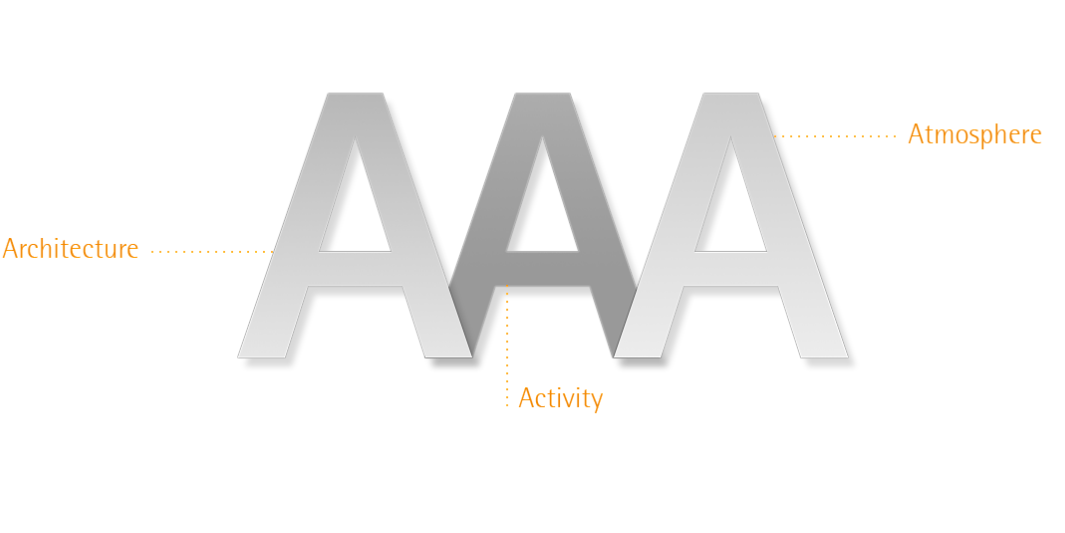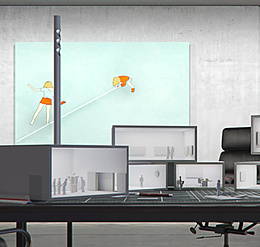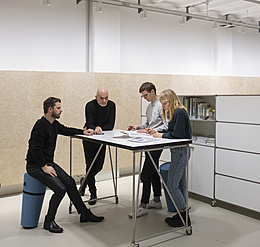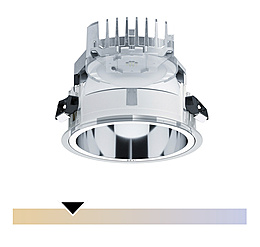How Human Centric Lighting works in practice

The concept of Human Centric Lighting is not new. Long before current research into the non-visual effects of light, pioneers of architectural lighting such as Richard Kelly and William Lam formulated the principles of perception-oriented lighting design in terms of light for seeing, looking at and viewing, or 'activity needs' and 'biological needs'. In combination with the new findings of chronobiology, we have worked out a formula that explains precisely and in a practical way what Human Centric Lighting is all about.
AAA stands for architecture, activity and atmosphere. For a better perception of space in architecture, make the vertical surfaces visible. Support activities such as concentrated work, but also interpersonal communication, with the right light. Create the right atmosphere by using suitable light for the time of day. For us, this is real Human Centric Lighting.




















